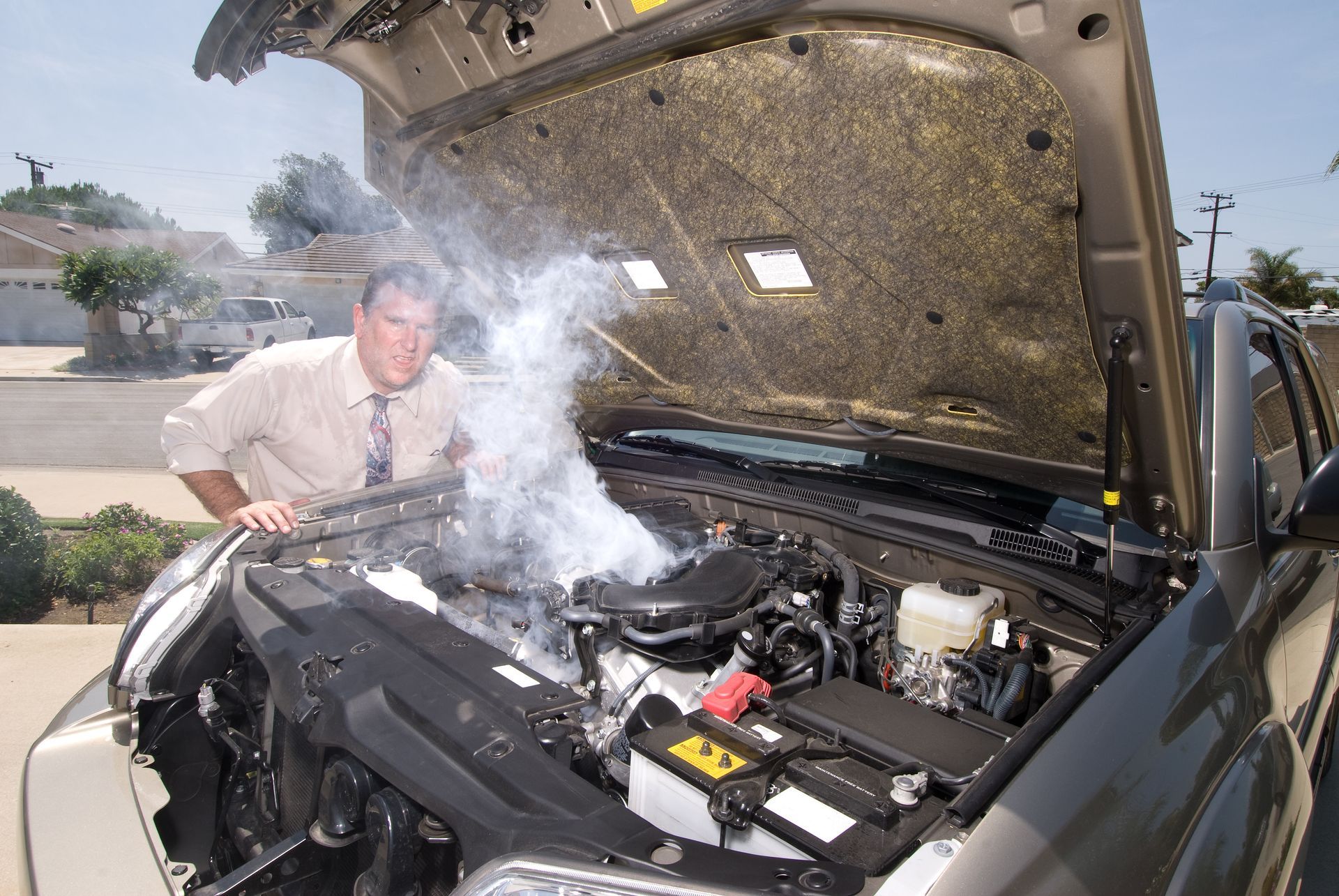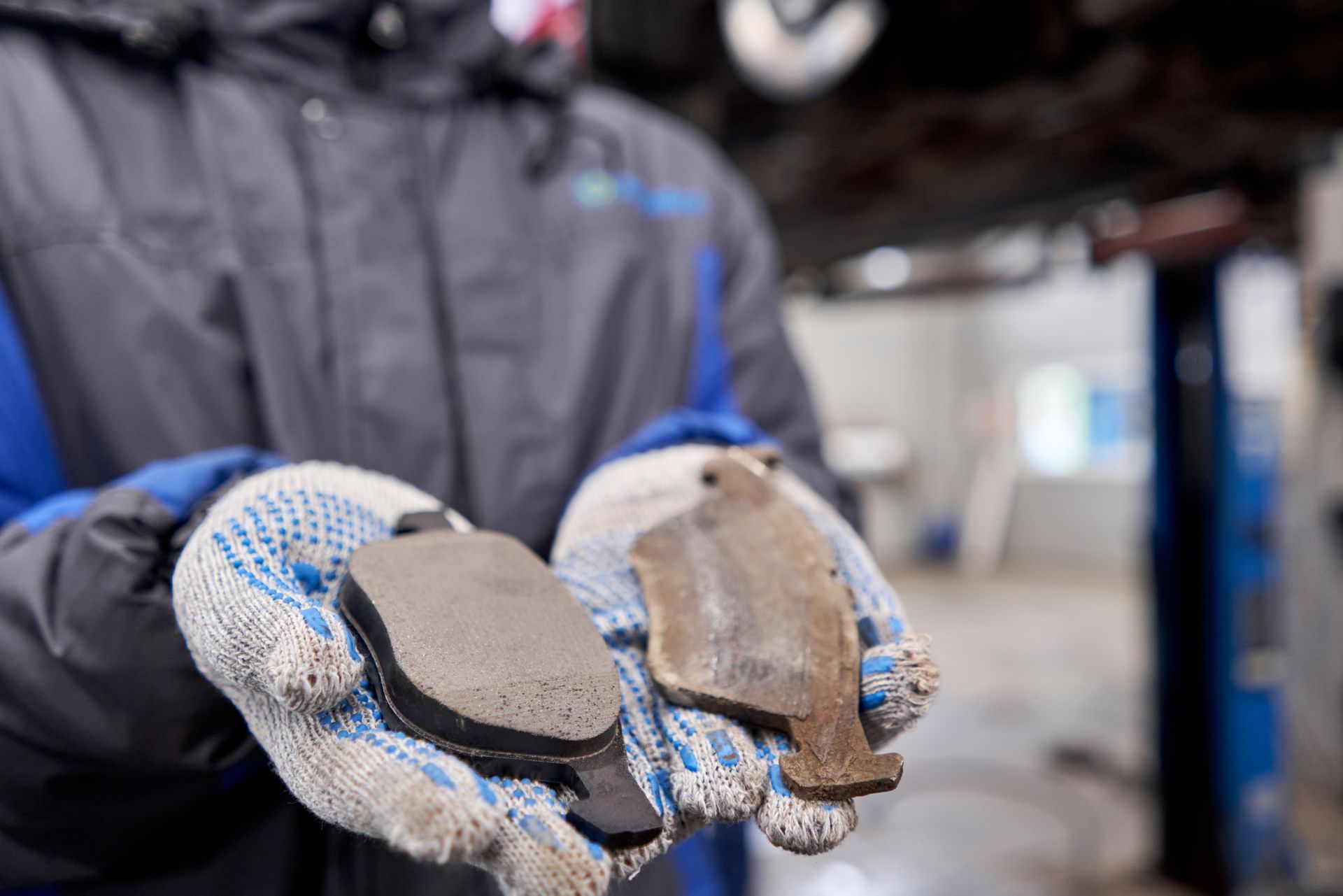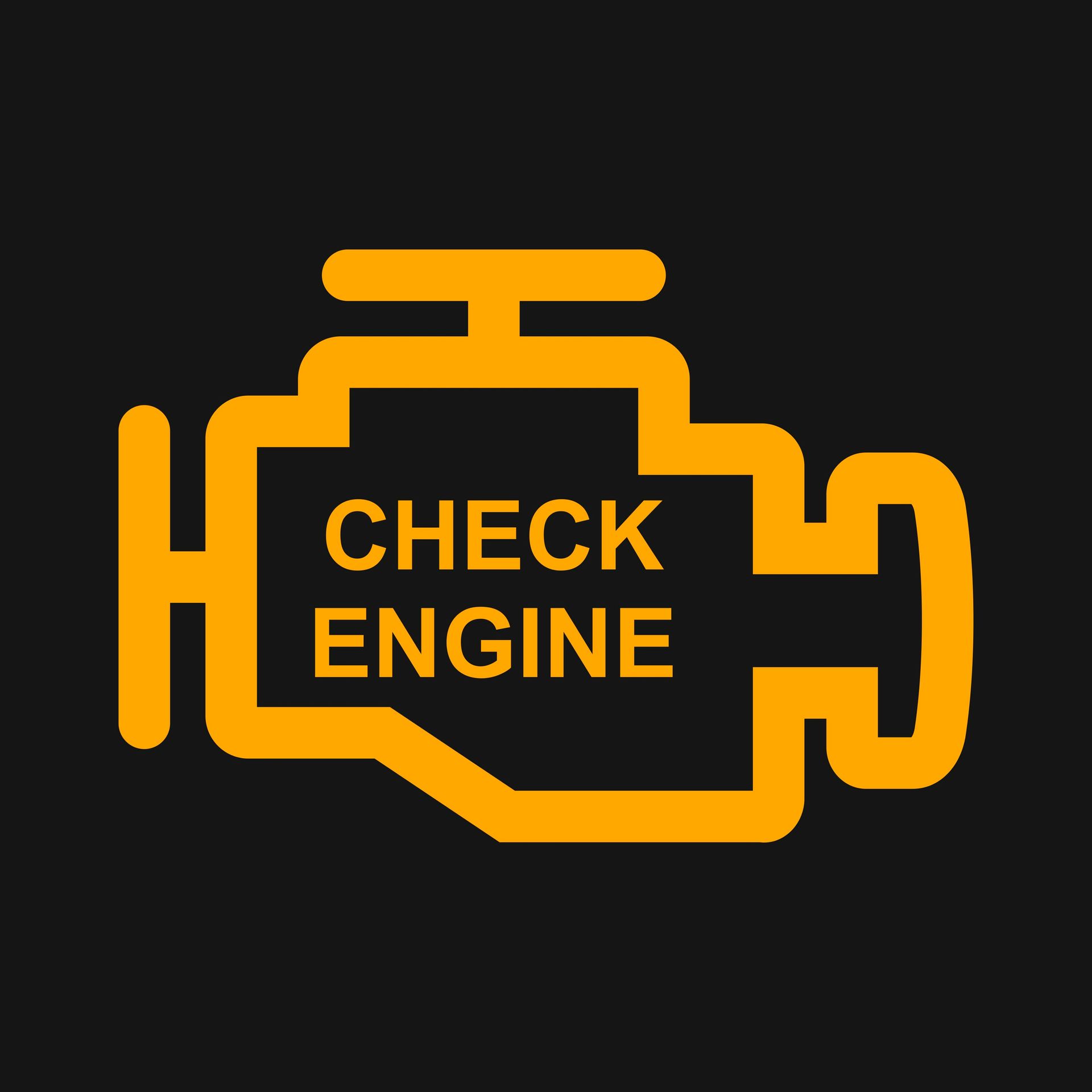If you’ve ever been warned to replace your timing belt by a certain mileage, there’s a good reason for that advice. The timing belt is one of those parts you rarely think about until it fails, and by then, it’s usually too late. When it breaks, the results can range from a stalled engine to serious and expensive damage.
Understanding what the timing belt does and why it’s so important can help you avoid getting stuck on the side of the road or dealing with a repair bill you weren’t expecting.
What the Timing Belt Does
The timing belt connects the crankshaft and the camshaft in your engine, making sure the valves open and close at exactly the right times as the pistons move up and down. It keeps everything in sync, which is why it’s called a timing belt.
If the timing is off even slightly, the engine won’t run properly. If it’s completely off, like when the belt breaks, the engine stops working entirely. In most cases, the car shuts off without warning.
What Happens When It Breaks While Driving
If a timing belt breaks while you’re driving, several things can happen depending on your vehicle’s engine design.
In many vehicles, especially those with interference engines, the valves and pistons occupy the same space but at different times. The timing belt keeps them from colliding. When the belt snaps, the pistons can slam into the open valves, bending them or even damaging the cylinder head and pistons. This kind of damage often requires a complete engine rebuild or replacement.
In non-interference engines, there’s a little more clearance, so while the engine will still shut down immediately, internal damage is less likely. You may only need to replace the timing belt and related components.
No matter the engine type, one thing is guaranteed—the car won’t start again until the timing belt is replaced and everything is reset.
Signs Your Timing Belt May Be Worn
Timing belts are made of rubber and reinforced materials, but they don’t last forever. Most need to be replaced somewhere between 60,000 and 100,000 miles, depending on the vehicle. If you’re not sure when yours was last changed, it’s best to check your maintenance records or owner’s manual.
Here are some warning signs that your timing belt might be on its way out:
- Ticking or clicking noises from the front of the engine
- Engine misfires or running rough
- Oil leaking from the timing cover area
- Difficulty starting or rough idling
- A sudden drop in power
Some engines give little or no warning before the belt fails. That’s why preventive replacement is so important.
It’s Not Just About the Belt
Replacing a timing belt isn’t just a matter of swapping out the rubber strip. The job often includes replacing the tensioner, idler pulleys, and water pump as well. These parts wear out over time and are located in the same area, so it makes sense to replace them all during one service.
Skipping these parts might save money up front, but can lead to another failure down the road.
How to Avoid a Timing Belt Disaster
The best way to avoid timing belt failure is to follow the recommended maintenance schedule for your vehicle. Don’t wait until the belt shows visible wear or until you notice symptoms. By the time signs appear, damage may already be underway.
If you’ve bought a used car and don’t know the service history, have the belt inspected as soon as possible. A relatively small investment in maintenance can save you from one of the most expensive engine repairs out there.
Triple J Automotive – Timing Belt Service You Can Count On in Coral Springs, FL
At
Triple J Automotive in Coral Springs, we will help you stay ahead of major engine problems with trusted, timely maintenance. If your vehicle is due for a timing belt replacement or showing signs of trouble, bring it in for an inspection. We’ll help you avoid costly engine repairs and keep your vehicle running at its best.












